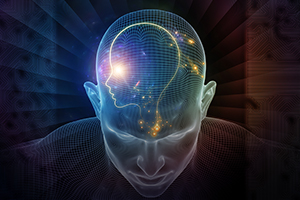New Level of Artificial Intelligence
 We generally think of computers as nothing more than machines that must be programmed to deliver results based on human input. But researchers recently demonstrated that computers are capable of learning based solely on observation, without being programmed what to look for.
We generally think of computers as nothing more than machines that must be programmed to deliver results based on human input. But researchers recently demonstrated that computers are capable of learning based solely on observation, without being programmed what to look for.
The breakthrough study used a technique called Turing Learning – named after Alan Turing, the British mathematician who, in 1950, defined artificial intelligence (AI) as the ability of a machine to exhibit behavior indistinguishable from that of a human. In the study, an AI system observed the movements of two robot swarms: one programmed to move according to simple but unknown rules (agent) and one moving in random and meaningless ways (model). While the agent swarm remained constant, the AI classifier and the model swarm evolved over a series of guesses by adjusting in a complementary fashion and driving each other to get more accurate with each iteration. With no input as to which attributes it was comparing, the AI algorithm was able to identify the rules that governed the movements of the agent swarm.
The applications for this research are vast. For example, such a system could be used to monitor the health of livestock by detecting abnormalities in behavior. It could also improve understanding of collective animal behaviors, including of schools of fish or bee colonies, with the goal of better protecting them from negative environmental influences. The technique could also be used to analyze human movements and provide insights into human psychology, including identifying potentially dangerous behaviors.
For information: Roderich Gross, University of Sheffield, Department of Automatic Control and Systems Engineering, Mappin Street, Sheffield, United Kingdom S1 3JD; phone: +44-114-222-5610; fax: +44-114-222-5683; email: r.gross@sheffield.ac.uk; Web site: http://naturalrobotics.group.shef.ac.uk/